Picture this: your home is filled with the soft glow of evening, you’re curled up on the couch, and your beloved feline is purring on your lap—until a new cat enters the room. Suddenly, the atmosphere shifts. Ears flatten, tails puff, and a low growl rumbles in the air. Why is it that some cats simply refuse to get along with others? The answer isn’t as simple as “cats will be cats.” Let’s embark on a fascinating journey through the mysterious world of feline social dynamics, where every hiss, swat, and sideways glare has a hidden meaning.
The Roots of Feline Independence

Cats have a long history of independence. Unlike dogs, which evolved as pack animals, cats are descendants of solitary hunters. Their wild ancestors hunted alone, staking out territories and defending them fiercely against intruders. Even today, domestic cats carry this solitary streak in their DNA. This deep-rooted instinct can make sharing space with another cat feel more like a threat than a friendly invitation. For some cats, independence isn’t just a preference—it’s a way of life. They value their personal space, and any disruption can set off a cascade of territorial behaviors. This underlying independence is often the hidden force behind many feline conflicts.
Territorial Instincts and the Need for Space

Territory means everything to a cat. Imagine someone barging into your bedroom and rearranging your favorite chair—most people wouldn’t like that, and neither do cats. When a new cat enters a home, the established cat may feel its territory is under siege. Cats use scent-marking, scratching, and even spraying to claim their space. The presence of another cat can spark anxiety, causing defensive or even aggressive reactions. For many felines, the concept of “sharing” just doesn’t exist. The need for clearly defined territory runs deep, and when that space is invaded, conflict is almost inevitable.
Early Socialization: Why Timing Matters

The window for learning to get along with other cats is surprisingly short. Kittens raised around siblings and other felines during their first few weeks of life are far more likely to accept new feline friends later on. If a cat spent its early days in isolation, it may never develop the social skills needed to coexist peacefully with others. Think of it like learning a language as a child—it’s just easier. Cats lacking early social experiences might interpret friendly gestures as threats. These cats can be slow to warm up to newcomers, often preferring to stick to themselves rather than risk a confusing or stressful interaction.
Personality Clashes: When Temperaments Collide

Just like people, cats have distinct personalities. Some are outgoing and playful, others shy and reserved, and a few are downright bossy. When two cats with strong, incompatible personalities meet, sparks can fly. A boisterous, energetic cat may overwhelm a quiet, older feline, leading to tension and even outright hostility. Sometimes, it’s simply a matter of mismatched temperaments—no amount of treats or coaxing can force a friendship. The world of cats is full of unique individuals, and not every personality is meant to mesh. Understanding this helps explain why some cats just never seem to get along, no matter what owners try.
Previous Trauma or Negative Experiences
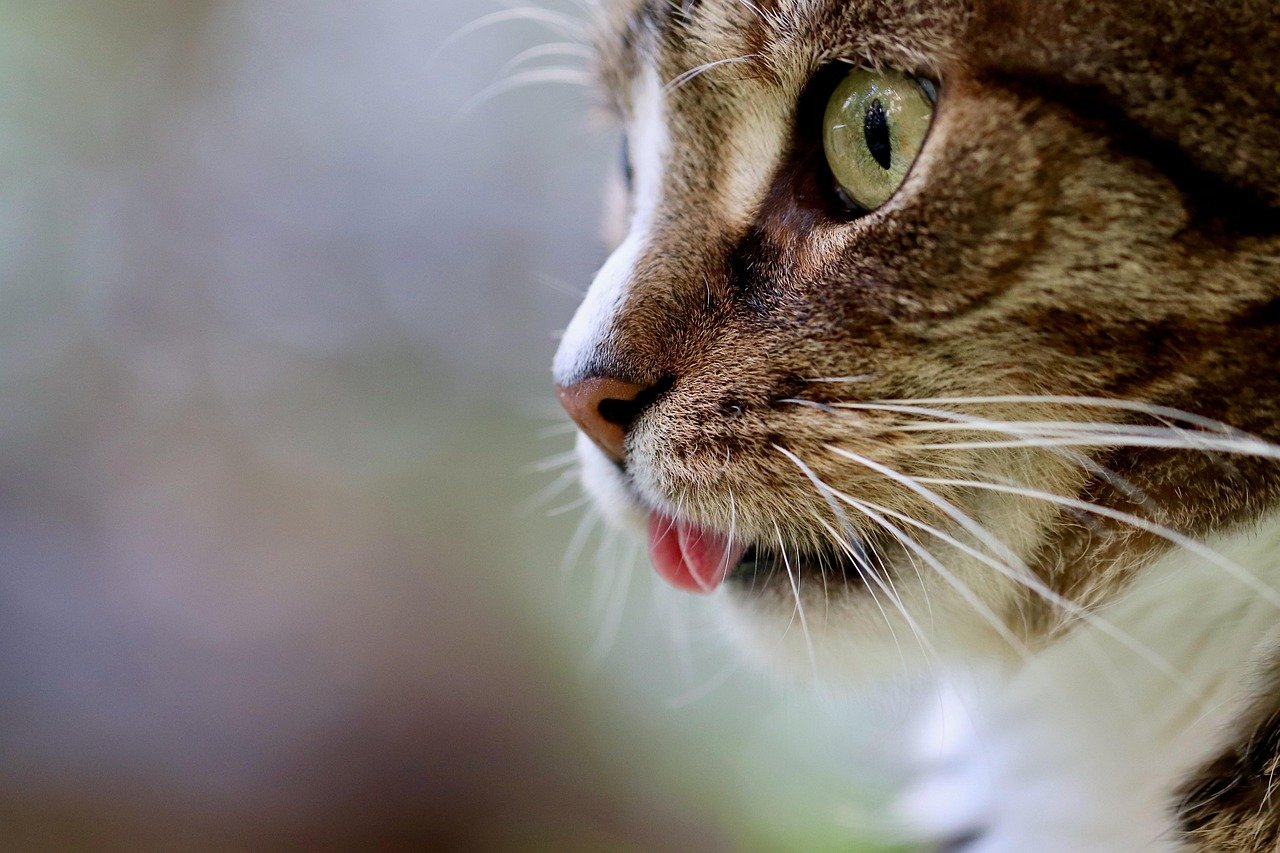
A cat’s past can shape its present in powerful ways. Cats that have endured fights, bullying, or neglect in previous homes often carry emotional scars. These experiences can make them wary of other cats, expecting hostility instead of friendship. Even a single bad encounter can leave a lasting impression, triggering defensive behaviors for years. It’s a bit like touching a hot stove and never wanting to go near it again. Cats with traumatic histories often need extra patience and understanding. Their reluctance to interact with other cats isn’t just stubbornness—it’s self-protection.
Age Differences and Generational Gaps
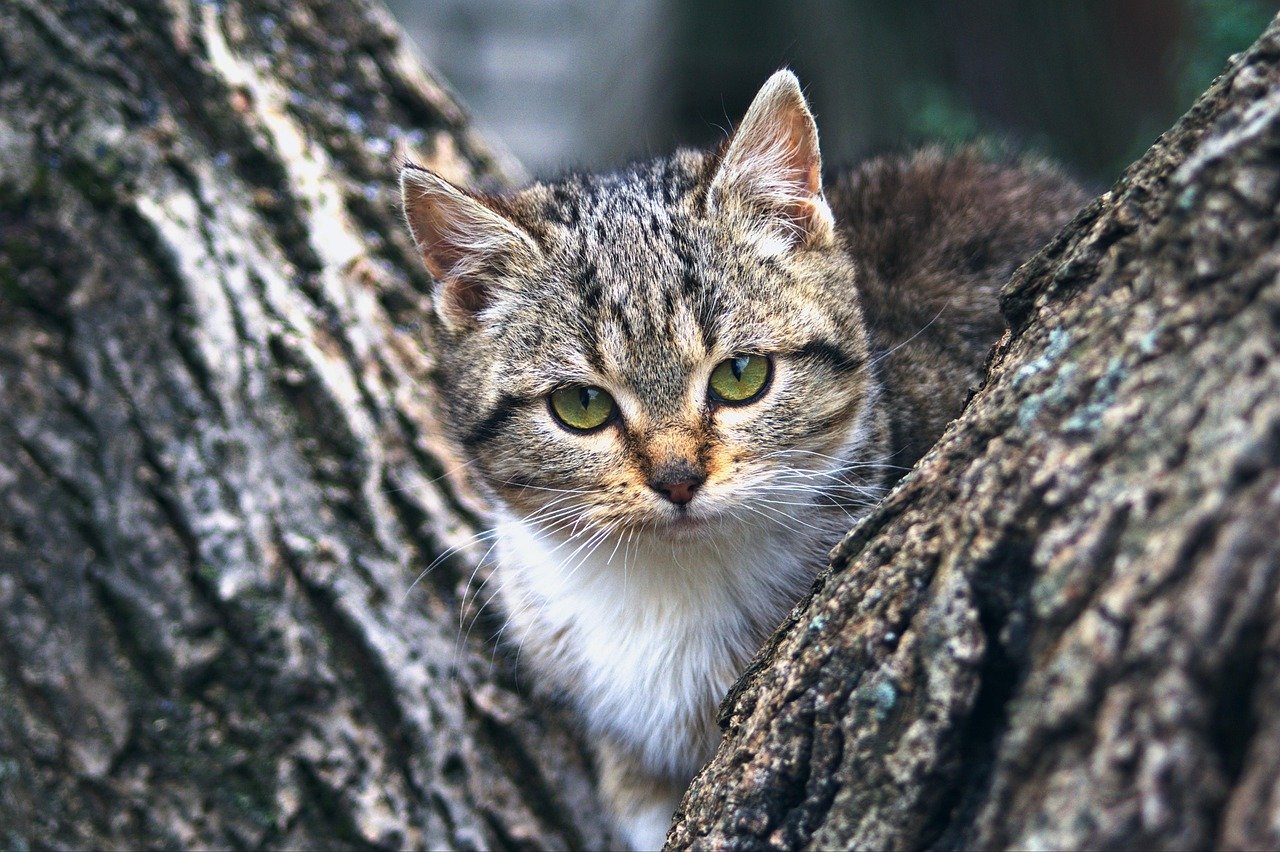
Introducing a kitten to a senior cat can be like asking a retiree to babysit a toddler all day—exhausting and unwelcome. Young cats are full of energy, curiosity, and playfulness, while older cats often seek peace and quiet. These generational differences can create friction, with the older cat viewing the kitten’s antics as annoying or even threatening. The age gap may also lead to misunderstandings in body language and play style. For some older cats, the arrival of a rambunctious youngster is simply too much to handle, leading to avoidance or aggressive displays.
Health Issues and Physical Discomfort
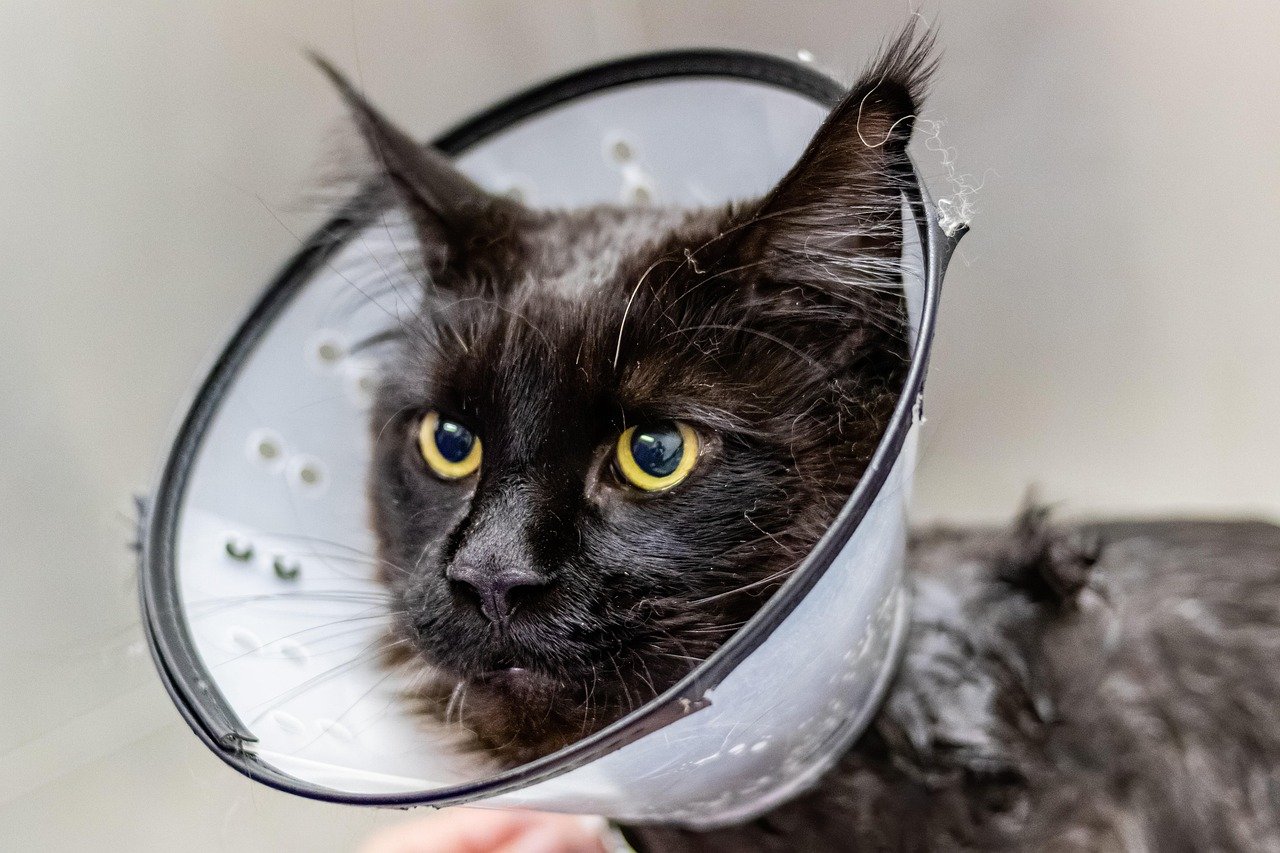
Sometimes, a cat’s grumpiness toward other felines isn’t about personality at all—it’s about pain. Health problems like arthritis, dental disease, or chronic illness can make a cat less tolerant of company. When a cat feels unwell, it may become more irritable, defensive, or withdrawn. Even minor aches and pains can make socializing with other cats seem like an unnecessary hassle. Owners often mistake this behavior for stubbornness, but in reality, the cat is just trying to avoid added stress or discomfort. Addressing health issues can sometimes improve relationships between cats, but it’s not a guaranteed fix.
Resource Guarding: Food, Water, and Litter Boxes
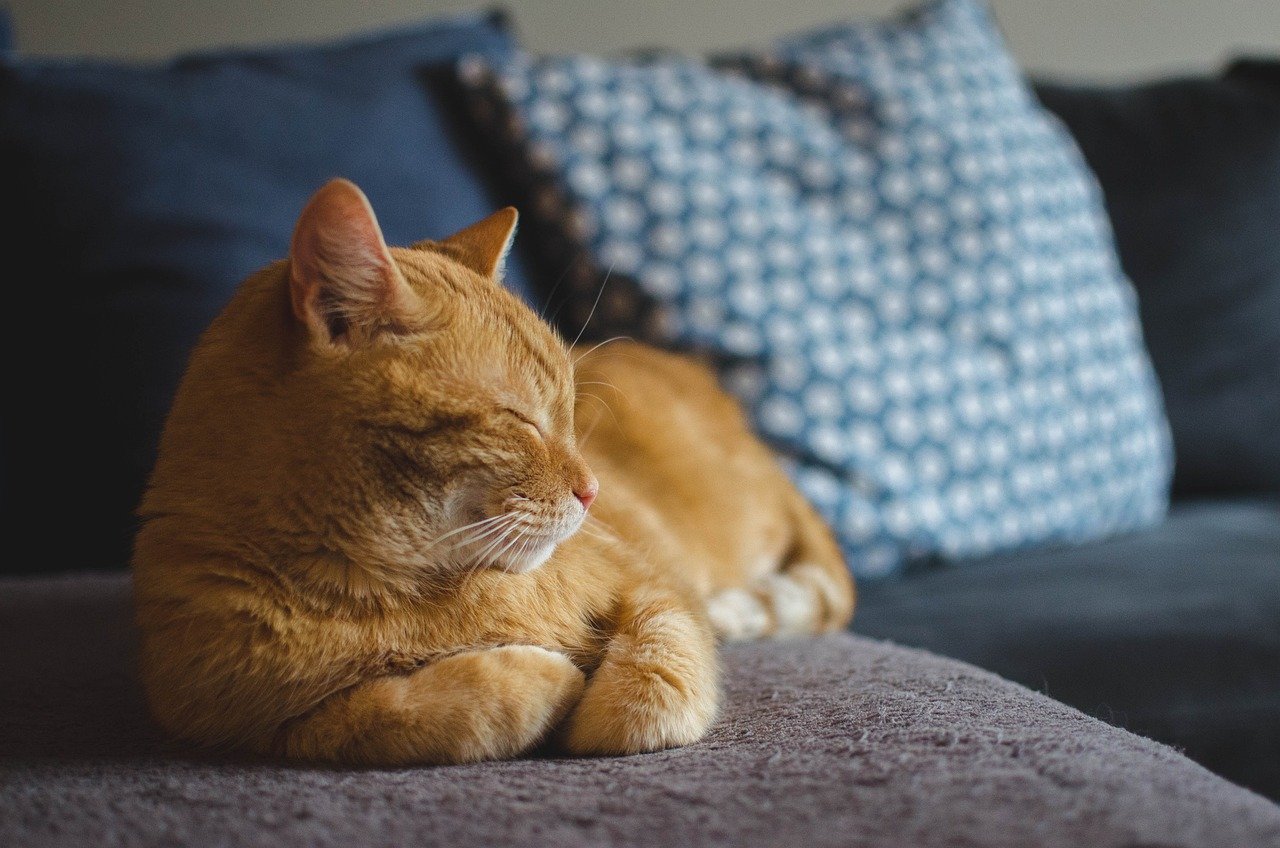
For many cats, sharing is not caring—especially when it comes to essentials like food, water, and litter boxes. Competition over these resources can quickly escalate into full-blown fights. If one cat feels threatened by another’s presence near the food bowl, it may become aggressive or develop anxiety. The same goes for litter boxes and cozy resting spots. Cats have a strong need for security around their resources, and any perceived threat can trigger defensive behaviors. Ensuring each cat has access to its own food, water, and litter box can help reduce tension, but some cats remain fiercely protective regardless.
Unfamiliar Scents and the Role of Smell
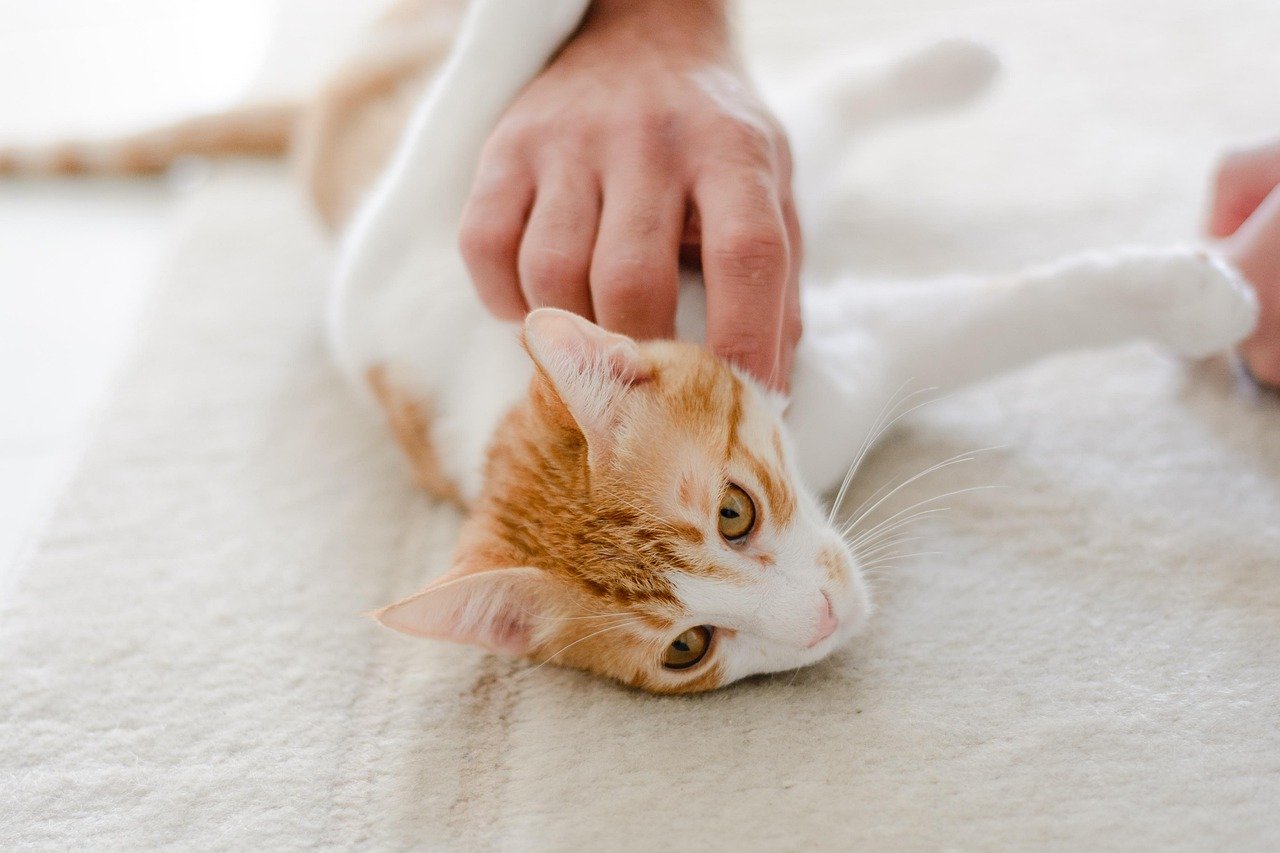
A cat’s world revolves around scent. When a new cat arrives, it brings a whole new set of smells that can be unsettling to the resident cat. Cats use scent to identify friends, foes, and safe spaces. An unfamiliar scent signals an intruder or potential rival. This can lead to immediate suspicion, posturing, or even outright aggression. It’s akin to someone walking into your home wearing a stranger’s cologne—it just feels “off.” Over time, some cats may learn to accept new smells, but for others, scent remains a powerful barrier to friendship.
Lack of Escape Routes and Safe Spaces

Cats are natural escape artists, always on the lookout for a quick getaway. In multi-cat households where there aren’t enough hiding spots or elevated perches, stress levels can skyrocket. Without a safe place to retreat, a cat may feel cornered and react with fear or aggression. The inability to escape a tense situation only increases anxiety. Providing plenty of vertical space, nooks, and crannies can make a huge difference. When cats have the freedom to come and go as they please, they’re less likely to see each other as threats.
The Impact of Human Behavior and Stress
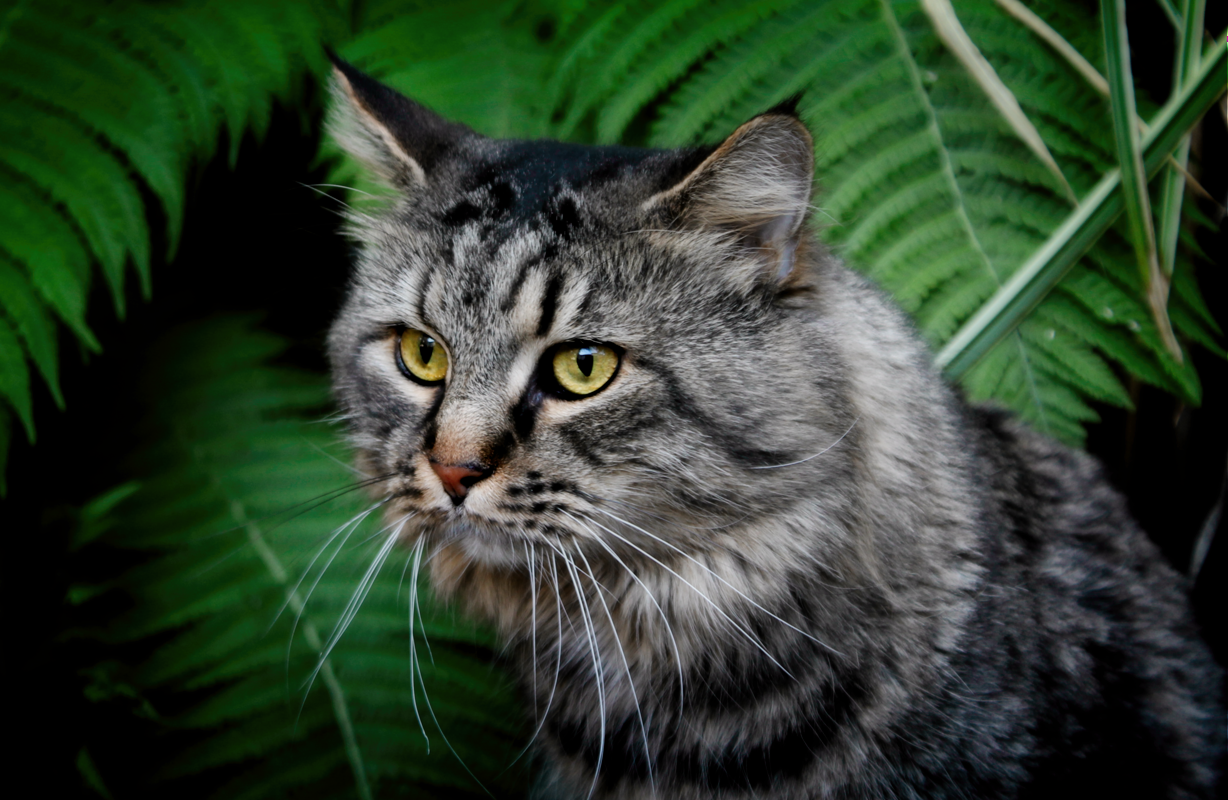
Believe it or not, cats are highly sensitive to their humans’ moods. If their owners are stressed, tense, or anxious about introducing a new cat, the resident cat may pick up on those vibes and become more guarded. Even subtle changes in household routines—like a move or a new baby—can disrupt the delicate balance of feline relationships. Cats thrive on predictability and routine. When their world is thrown into chaos, their tolerance for other cats can plummet. Sometimes, the best way to help cats get along is to stay calm and patient yourself.
Genetics and Breed Tendencies

Some breeds are naturally more social than others. For example, Siamese and Ragdoll cats are often described as outgoing and friendly, while some other breeds are more reserved or territorial. Genetics can play a big role in how cats react to others of their kind. Even within breeds, individual variation is huge, but certain tendencies can make a difference. If your cat comes from a line known for independence, it may be less likely to accept newcomers. While genetics aren’t destiny, they can certainly tip the scales when it comes to feline friendships.
Hormonal Influences and the Power of Spaying/Neutering
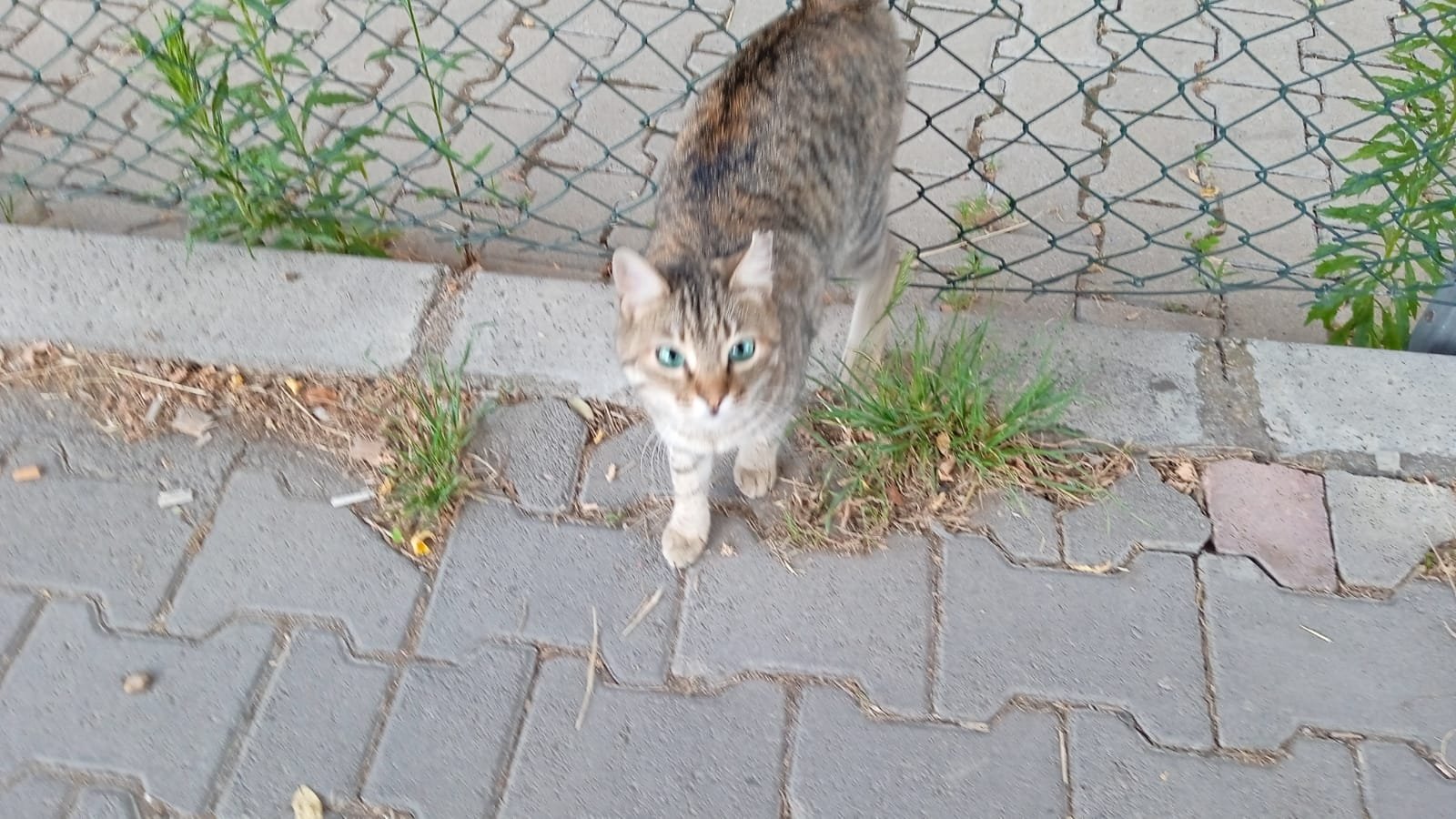
Unneutered male cats are particularly prone to aggression and territorial disputes. Hormones can drive cats to mark territory, challenge rivals, and guard resources with extra vigor. Spaying and neutering can dramatically reduce these behaviors, making cats more sociable and relaxed. However, even fixed cats may retain some territorial or competitive urges. Hormones are powerful, shaping everything from scent marking to play style. Understanding the role of hormones helps explain why some cats are simply less tolerant of others, no matter how much you hope for a peaceful household.
Inadequate Introduction Methods
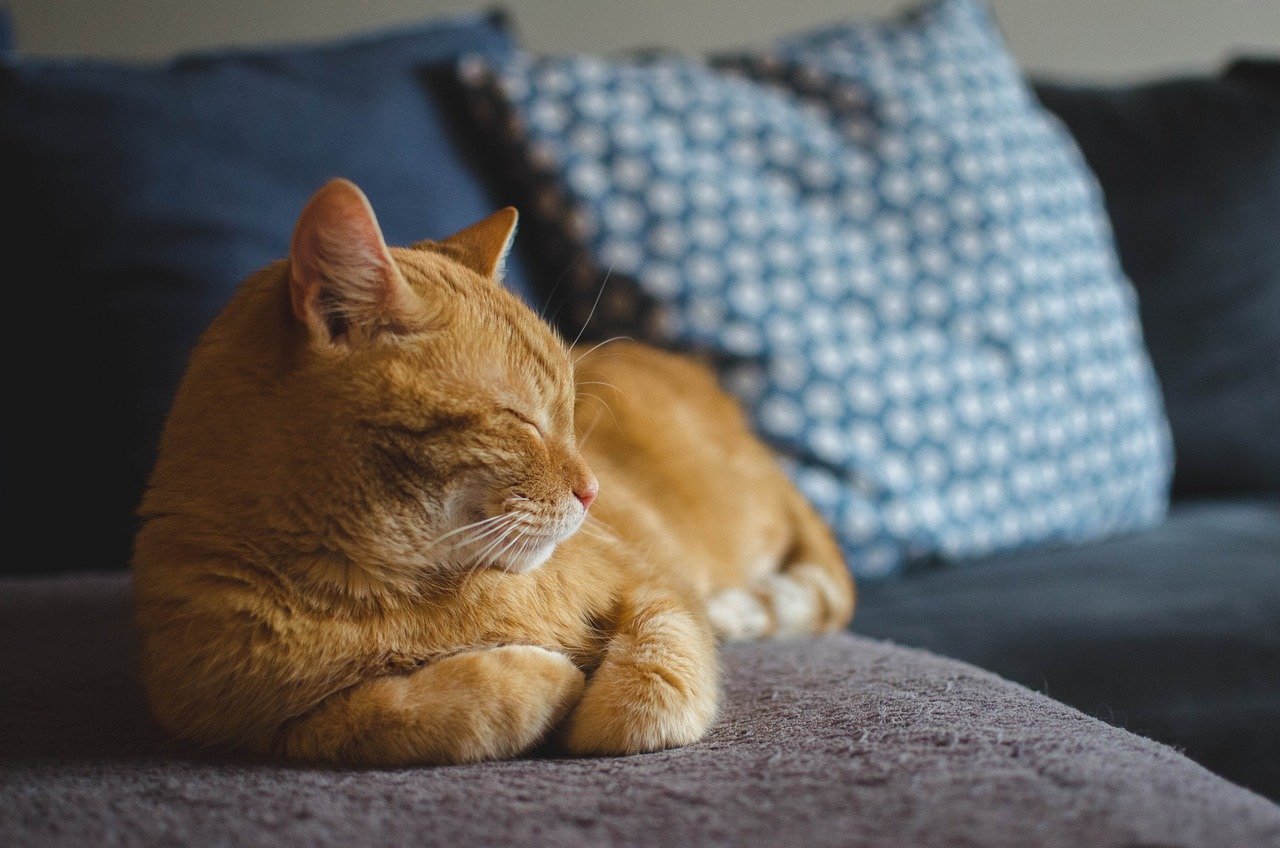
The way cats are introduced to each other matters—a lot. Tossing two unfamiliar cats into the same room and hoping for the best is a recipe for disaster. Proper introductions should be slow and deliberate, allowing each cat to adjust to the other’s scent and presence over several days or even weeks. Rushed introductions can trigger fear, aggression, and set the stage for a rocky relationship. Think of it like meeting a new roommate—you wouldn’t want them moving into your bedroom overnight! Taking time to introduce cats properly can help, but if the initial experience is negative, it can be very hard to undo.
Hierarchy and Social Structure

Even in multi-cat households, a sort of pecking order emerges. Some cats naturally assume leadership roles, while others are content to hang back. When two dominant personalities clash, neither wants to back down, leading to ongoing tension. Establishing a social hierarchy can involve lots of posturing, chasing, and even physical confrontations. For some cats, being “number two” is simply unacceptable. This constant jockeying for position can keep the peace shaky, with both cats always on edge. Understanding these dynamics can help owners recognize why certain cats refuse to coexist peacefully.
Body Language and Miscommunication

Cats speak an entirely different language—one made up of tail flicks, ear positions, and subtle glances. Sometimes, two cats just can’t seem to read each other right. A playful pounce might be misinterpreted as an attack. A friendly head-butt could be seen as a challenge. These misunderstandings can quickly escalate into full-blown fights. Cats that fail to “speak the same language” are more likely to develop ongoing conflicts. It’s like trying to make friends in a country where you don’t know the language—it’s easy to accidentally offend.
Fear of the Unknown and the Comfort of Routine
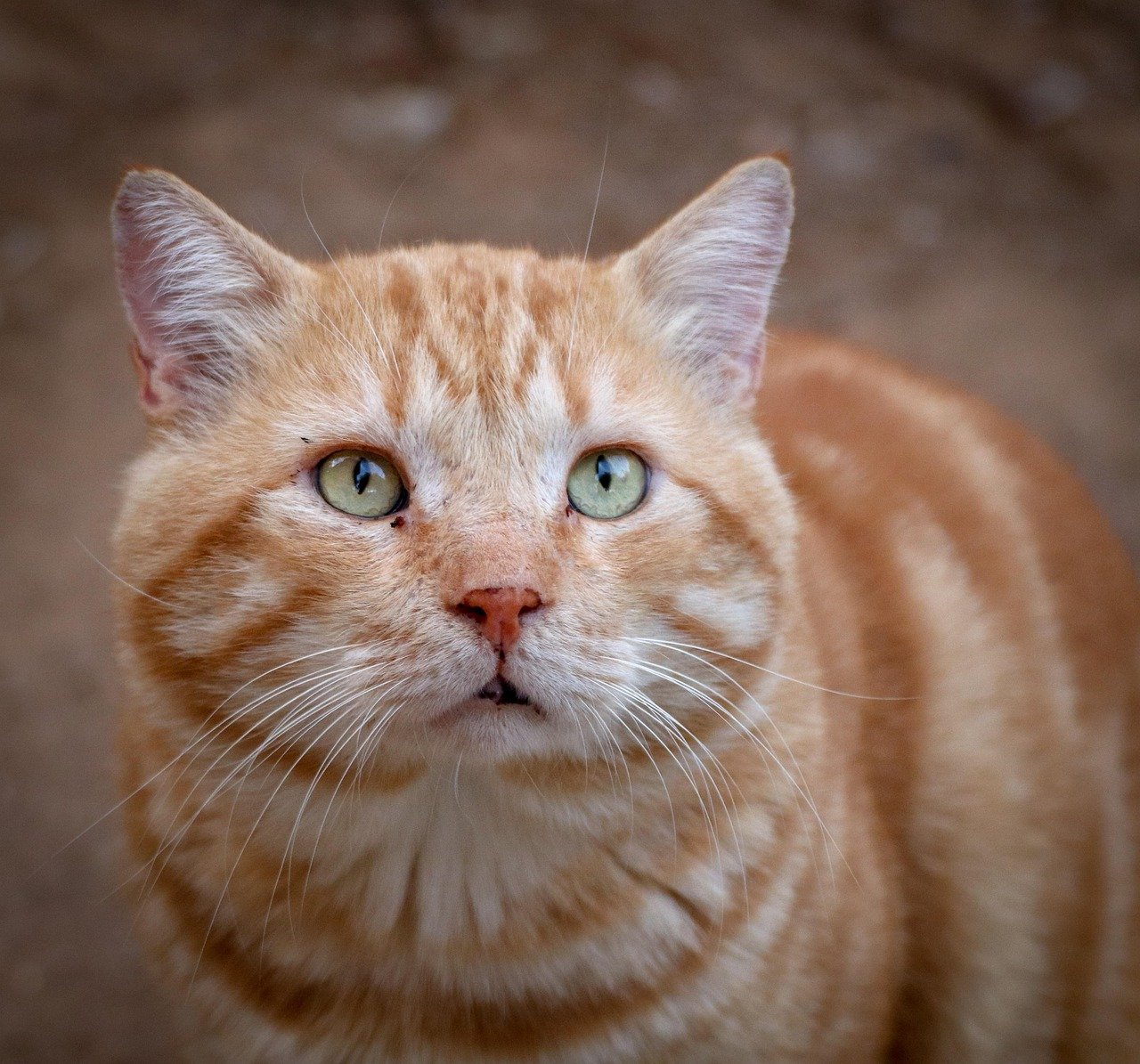
Cats are creatures of habit. Any disruption—especially in the form of a new feline face—can cause anxiety. Some cats are simply more fearful or cautious by nature. They may prefer sticking to what they know, avoiding the stress of new social interactions altogether. This fear can be paralyzing, leading to avoidance, hiding, or even aggressive displays. The comfort of routine is so powerful that even the friendliest cat can become withdrawn when faced with too much change at once.
Competition for Attention and Affection

Cats may not seem needy, but many crave the affection and attention of their favorite humans. When a new cat arrives, the established feline may feel its bond with you is threatened. This can spark jealousy, rivalry, and possessive behaviors. Cats may act out, demanding more attention or sabotaging the newcomer’s interactions with you. For some, the fear of losing their special place in your heart is enough to fuel animosity toward other cats. Balancing attention between multiple pets can be tricky but is essential for harmony.
Outside Influences and Stray Cat Encounters
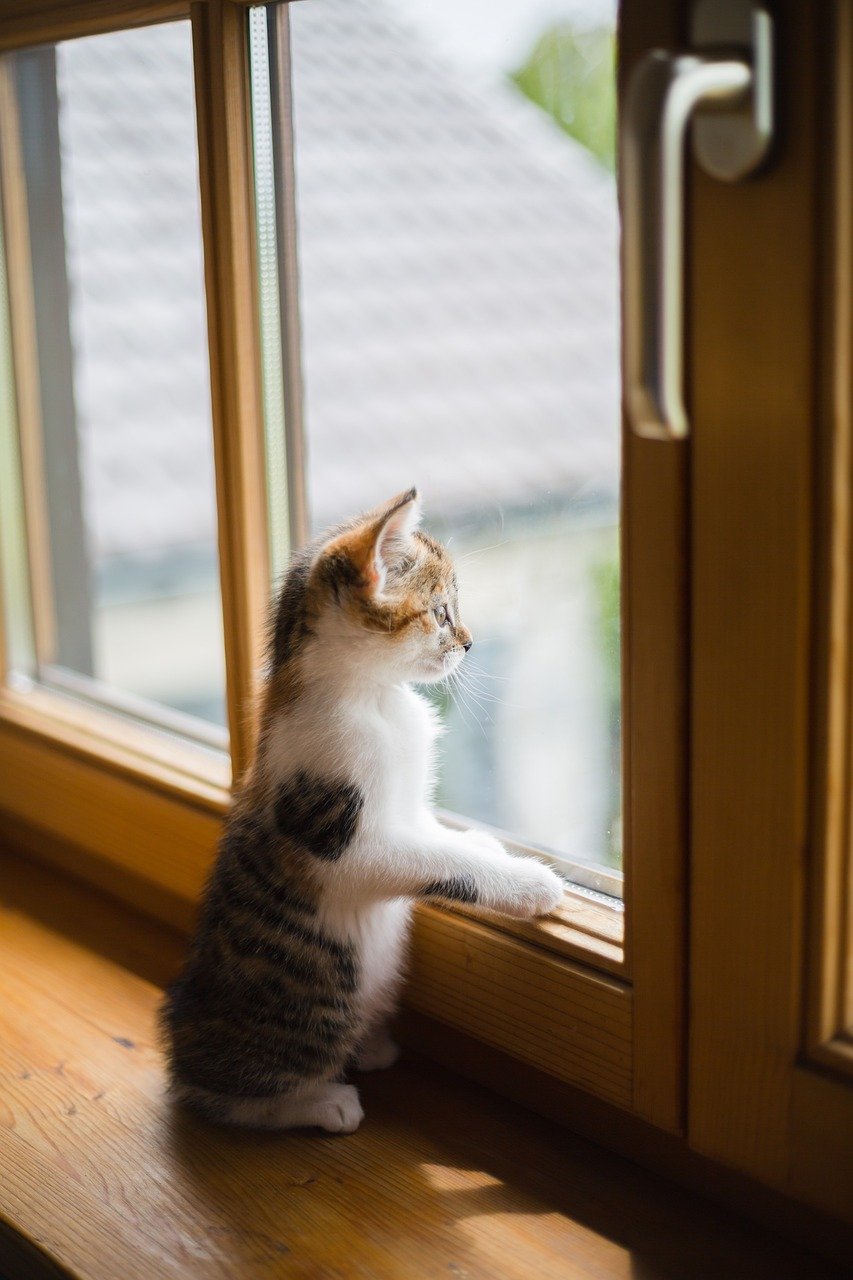
Even indoor cats can be affected by outside visitors. The scent or sight of stray cats wandering near windows can trigger defensive behaviors inside your home. Your cat may become anxious or aggressive, redirecting that energy toward other household cats. This phenomenon, known as “redirected aggression,” can turn peaceful relationships sour overnight. It’s a stark reminder that cats’ social dynamics aren’t just shaped by who lives inside—the outside world plays a role, too.
The Role of Play and Shared Activities
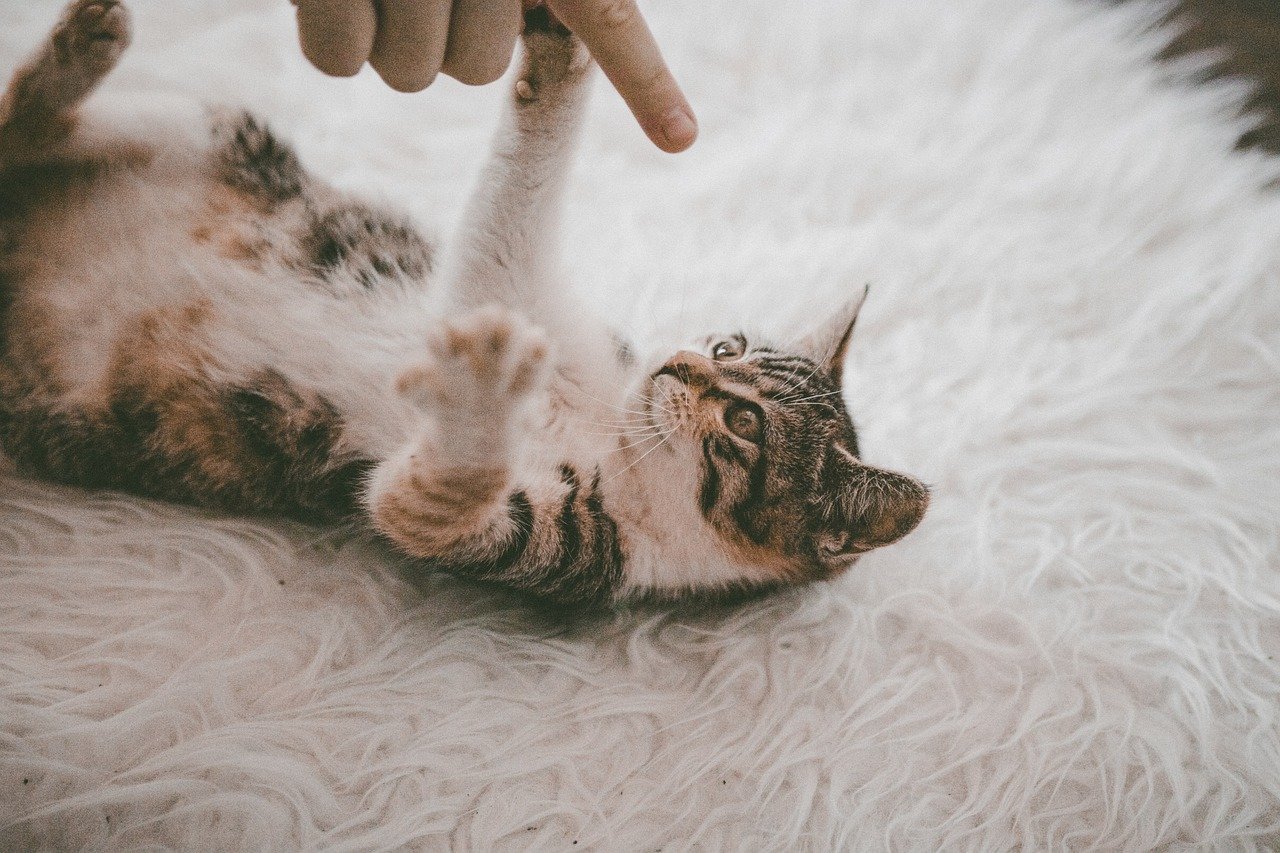
Play is more than just fun—it’s a way for cats to bond, express themselves, and burn off energy. However, not all cats play the same way or enjoy the same games. If play styles clash, what starts as a friendly game can quickly turn into a spat. Some cats prefer gentle wrestling, while others love chasing toys. When these preferences don’t align, misunderstandings are bound to occur. Shared play can help build bridges, but it can also highlight differences, making harmony a challenge.
When All Else Fails: Accepting the Solo Cat

Sometimes, despite everyone’s best efforts, two cats simply cannot get along. It’s important to remember that some cats are happiest as only pets. Forcing unwanted company can lead to chronic stress, behavioral issues, and a tense home environment. Accepting your cat’s preferences and providing a peaceful life may be the kindest choice. Every cat is unique, and some are simply meant to be solo stars, basking in undivided attention and a drama-free existence.
Hi, I’m Bola, a passionate writer and creative strategist with a knack for crafting compelling content that educates, inspires, and connects. Over the years, I’ve honed my skills across various writing fields, including content creation, copywriting, online course development, and video scriptwriting.
When I’m not at my desk, you’ll find me exploring new ideas, reading books, or brainstorming creative ways to solve challenges. I believe that words have the power to transform, and I’m here to help you leverage that power for success.
Thanks for stopping by, Keep coming to this website to checkout new articles form me. You’d always love it!





